Tools of the trade: The role of interior designers
Written by
05 November 2022
•
7 min read
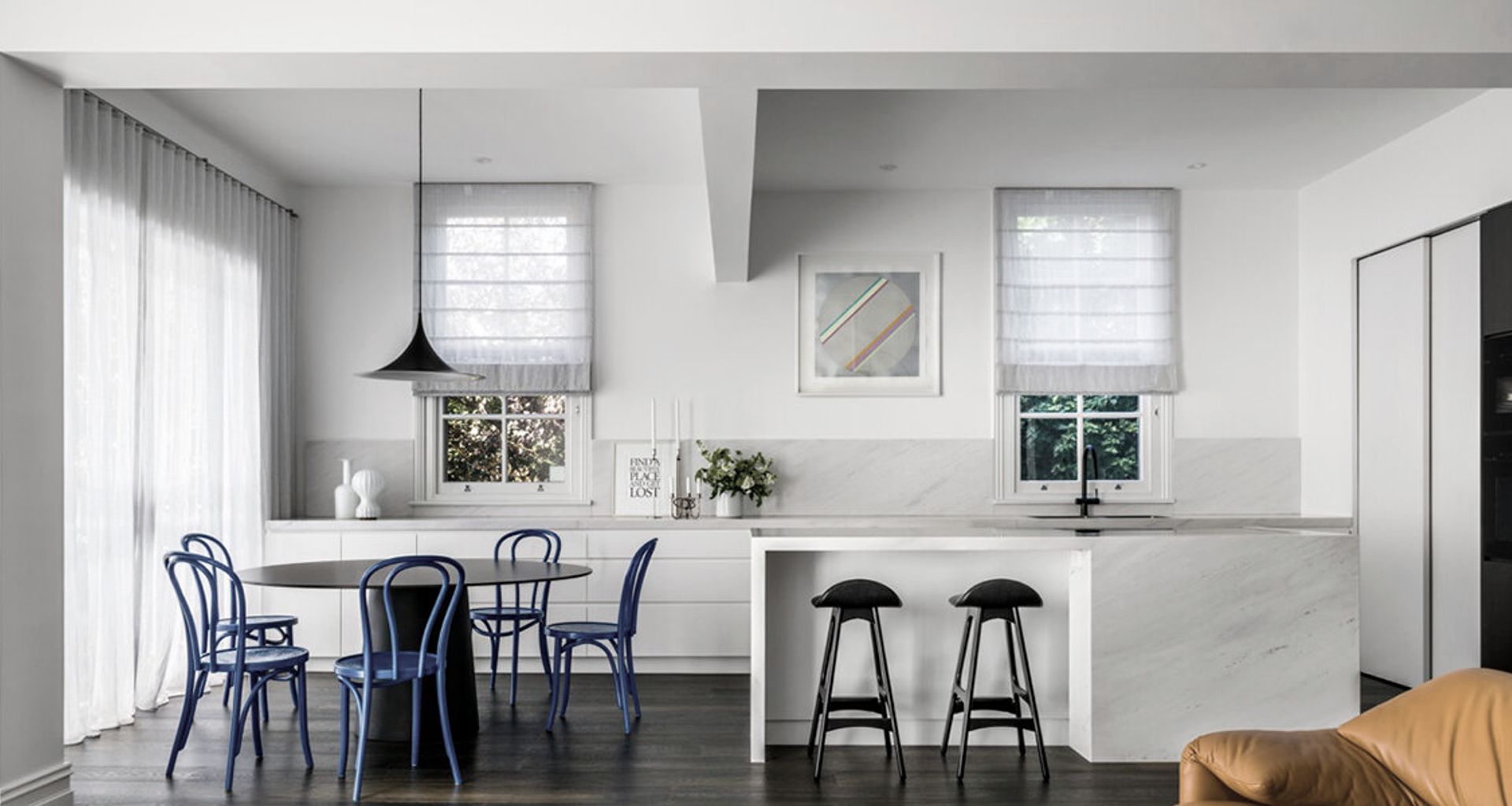
The term ‘interior designer’ is something many people are reasonably familiar with these days. However, while many people have a general idea of what an interior designer is, very few people understand what it takes to become an interior designer, and what the benefits of hiring one are. We consulted a panel of experts, including principal designer and founder of Anna.Carin Design Studio, Anna-Carin McNamara; founder and director of Studio Duo, Angelique Perak; and founder and director of Studio Gestalt, Warren Au, to get the inside scoop on the interior design industry.
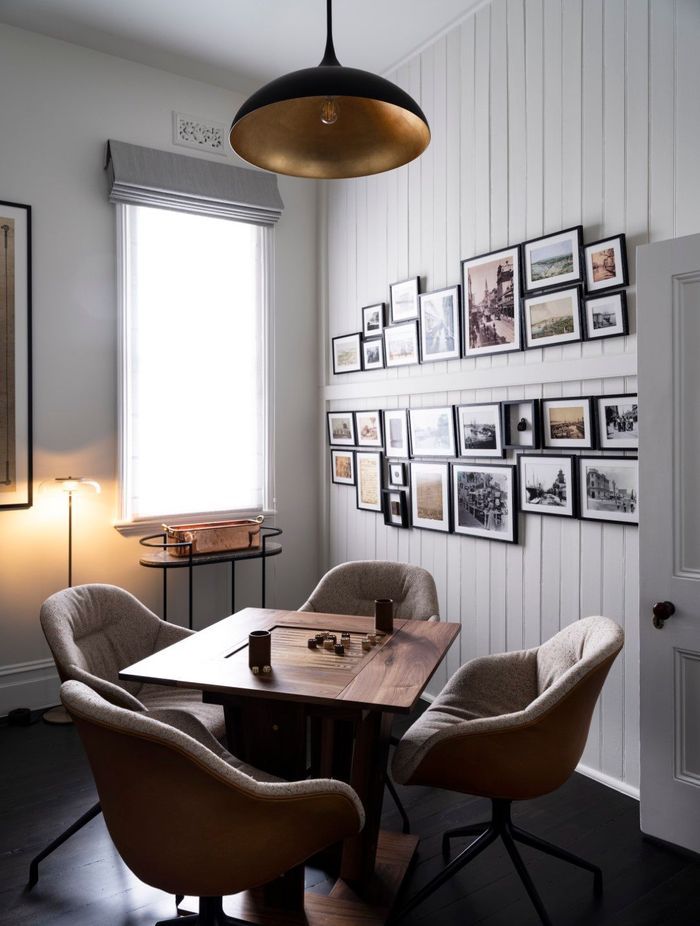
When and how did interior design emerge?
While some scholars may argue that the idea of interior design has been around as long as humans have been furnishing their homes, the practice as we know it today emerged just over a century ago. While reports vary country to country, one story that rises to the top is that of Elsie de Wolfe, an American woman credited with inventing the profession as she was the first creative to receive a commission for decorating a home in the early 1900s.
In Australia, Ruth Lane Poole was the first woman appointed by the government to advise on interior decoration in 1926, when she was tasked with furnishing two offices in Canberra’s Government House and the Prime Minister's Lodge. Marion Hall Best is another Australian woman credited with shaping the industry here in Australia.
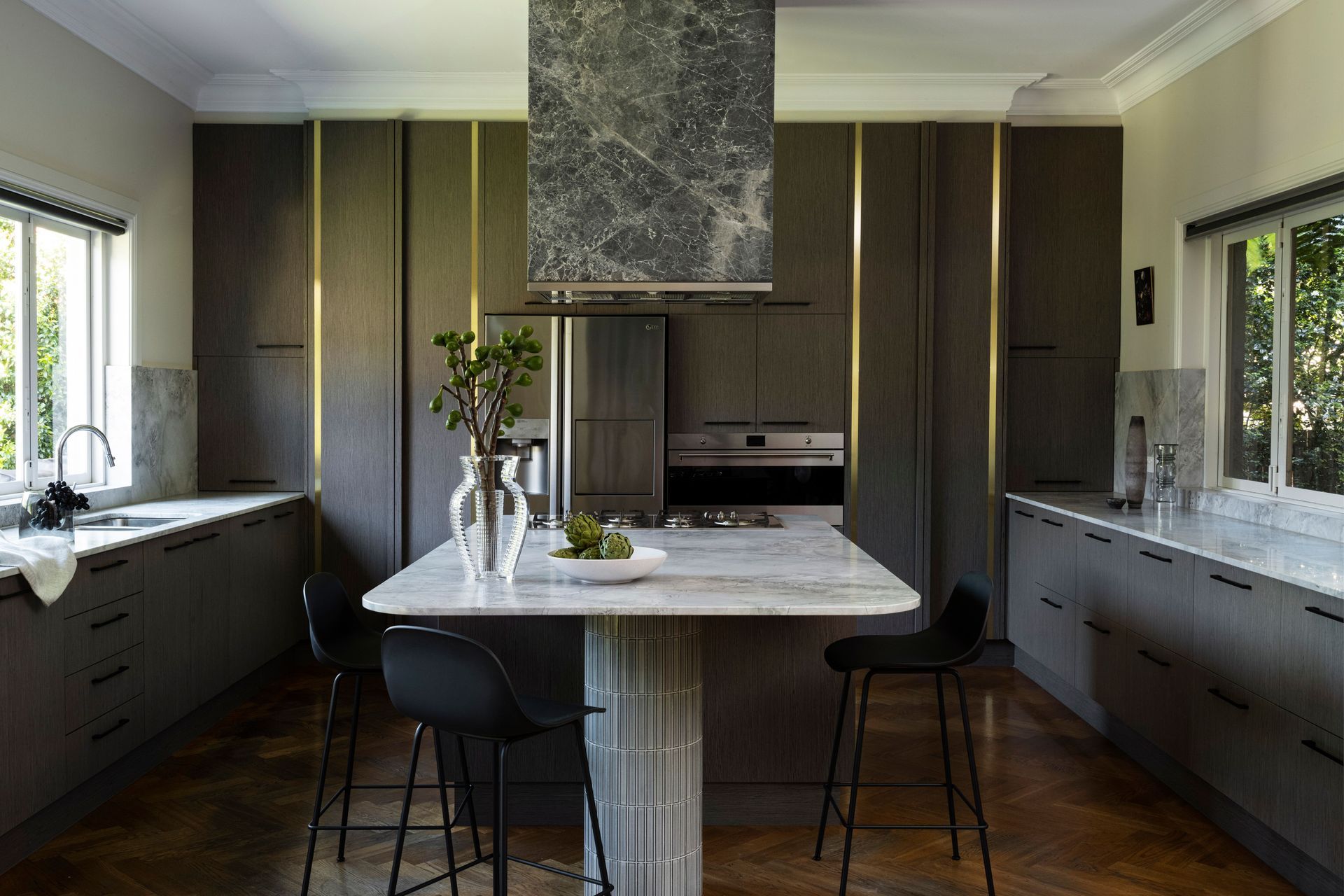
What skills and education do you need to become an interior designer?
Anna-Carin has been passionate about creating emotive spaces since she was a child, a disposition that led her to interior design. “Some skills required are spatial awareness, attention to detail, communication skills, a problem solving mindset, curiosity around human behaviour and a desire to express yourself,” says Anna-Carin. “To become an interior designer you need to study a bachelor of interior design and interior architecture, get a diploma in interior design, or work alongside someone great.”

What does an interior designer do?
On a surface level, an interior designer will help you design the interior of your home, from paint and hard surfaces to flooring, finishes, fixtures, furniture and art, but the role goes deeper than that, says Anna-Carin. “The role of the interior designer is to ignite our clients’ interior identity, to present ideas and solutions that are not obvious to an untrained eye, and to make sure a brief is delivered and fulfilled to the best possible quality,” says Anna-Carin.
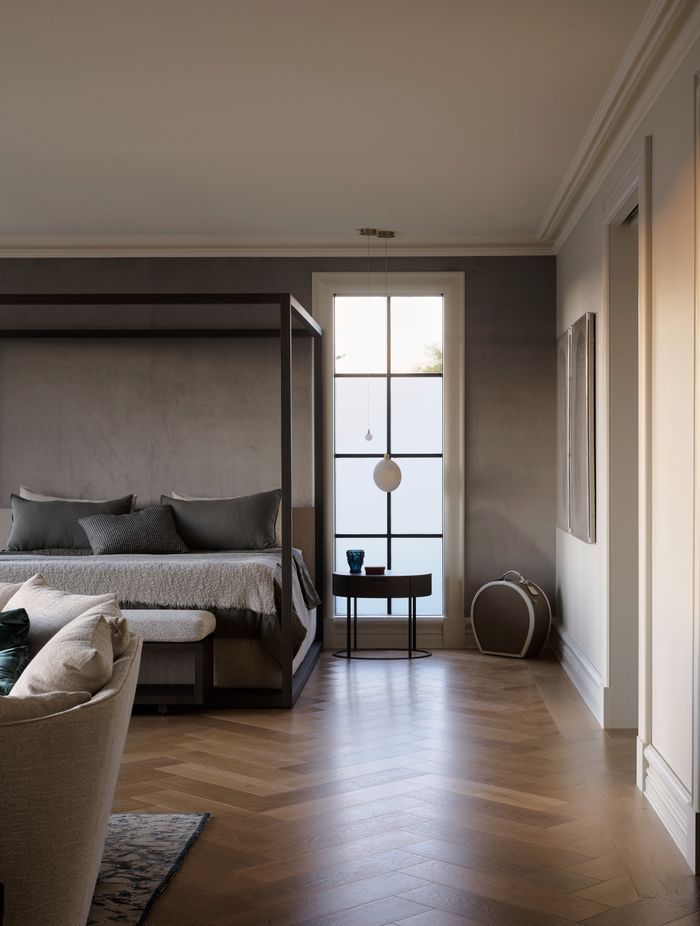
What are the benefits of working with an interior designer?
Angelique says an experienced architect and interior designer can offer valuable insight and expertise throughout a project. “They have the ability to guide your decisions and bring your goals for your home to fruition. They can work closely with you and your builder to resolve queries and issues in a timely and cost-effective manner,” says Angelique. “It's important to use a qualified professional as there is so much more to the design process than the style. Your architect or interior designer can also advise when other consultants may be needed for reports or specialised design, and coordinate this process.”
Anna-Carin says those who hire an interior designer often enjoy a stress-free renovation or building experience. “We will take on the stress and have a sleepless night over detailing and deliveries while our clients can rest and wake up fresh to see the glorious results,” says Anna. “The end product will be highly functional, as well as look and feel great.”
Read now: Understanding how fashion and culture influence home design
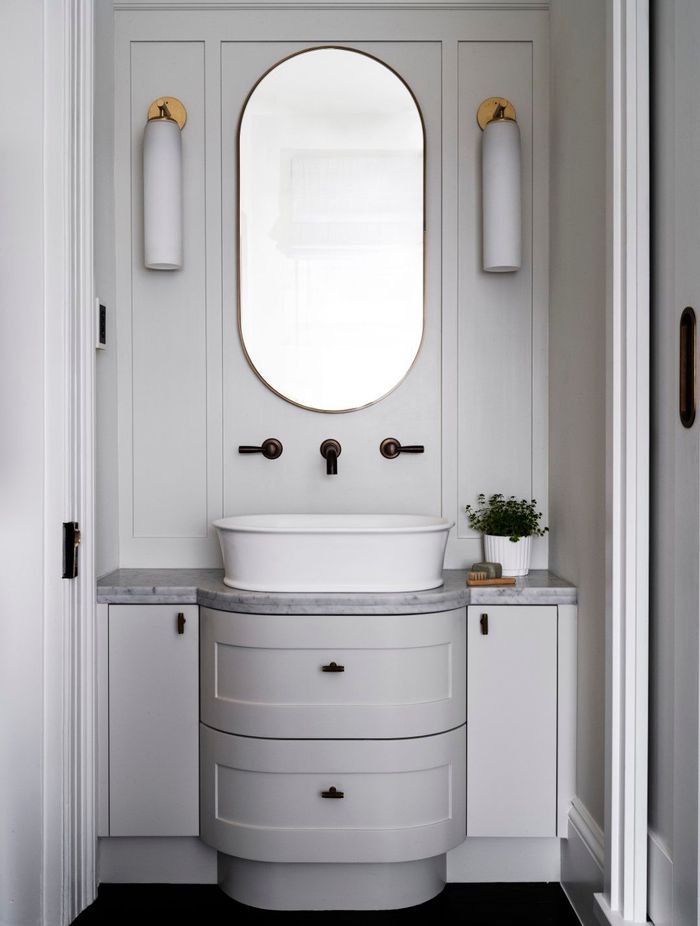
What is the best way to facilitate a great working relationship between client and designer?
Warren says that many home builders and renovators are surprised at the cost of design. “To have professionals by your side to create your dream project is an investment,” says Warren. “We always recommended engaging a quality surveyor or a builder for costing analysis, for both residential or commercial projects, to provide costing and/or budget updates at the end of each phase so there are no surprises once the build commences.”
Warren also suggests that clients should do some research into their own goals and desires for their project before engaging a designer. “Some questions you need to ask yourself are: who do I need to achieve my desired project? What budget am I comfortable spending? Do I need approvals? What’s my timeframe? What’s my end goal? Most industry professionals are more than happy to guide you into the right lane that suits you and your project,” says Warren.

Similarly, Angelique says the most successful projects come from a synergy between the architect or interior designer, and their client and builder. “Clear and honest communication upfront is vital, this includes budget conversations,” says Angelique. “It is also important that clients set aside enough time early in the process to be clear on their goals and ideas for their project to properly brief their designer. This avoids a misalignment in design objectives and sets the path for a good working relationship.”
Anna-Carin adds, “It’s important to ensure we’re aligned on the vision before embarking on the journey together – but then the client needs to trust us to do our job, and to trust the process.”
Read now: Unpacking the most popular interior design styles in Australia
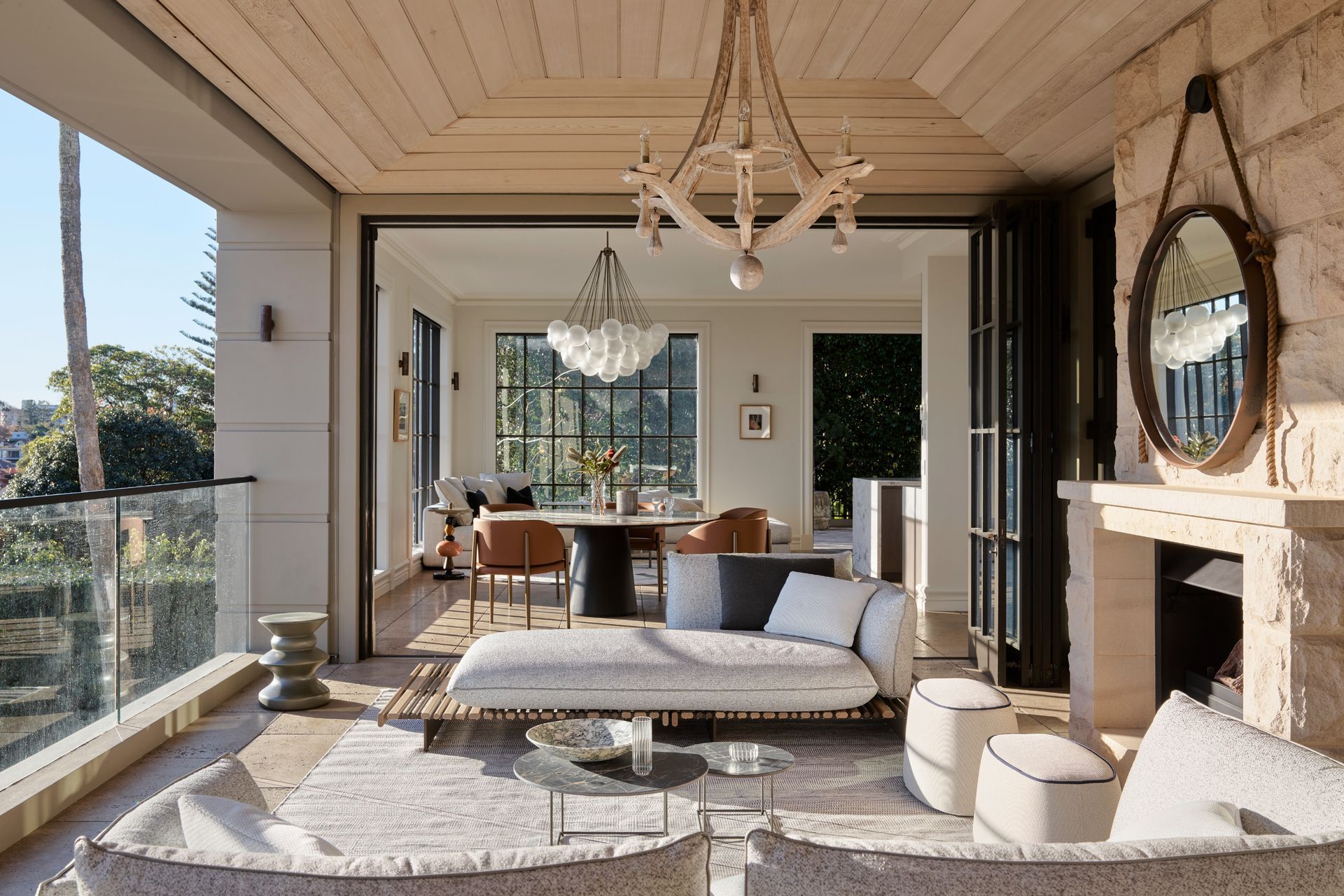
How has the industry changed, and what’s in store for the future of interior design?
Although the creative process and client relationships of interior design haven’t changed much over the decades, the tools now available to designers have. The availability of software and technology is one of them, says Anna-Carin. “Access to online imagery means we can be more visible, and the access to imagery for our clients has possibly made it harder for them and causes a lot of decision angst. That’s where our role as designer comes in to navigate and edit out what is not going to work and what will work for them,” says Anna-Carin, who has always been an early adopter when it comes to technology. “I quickly jump on new tools that might help the studio, and while it doesn’t always work out, I generally always learn something from the experience.”
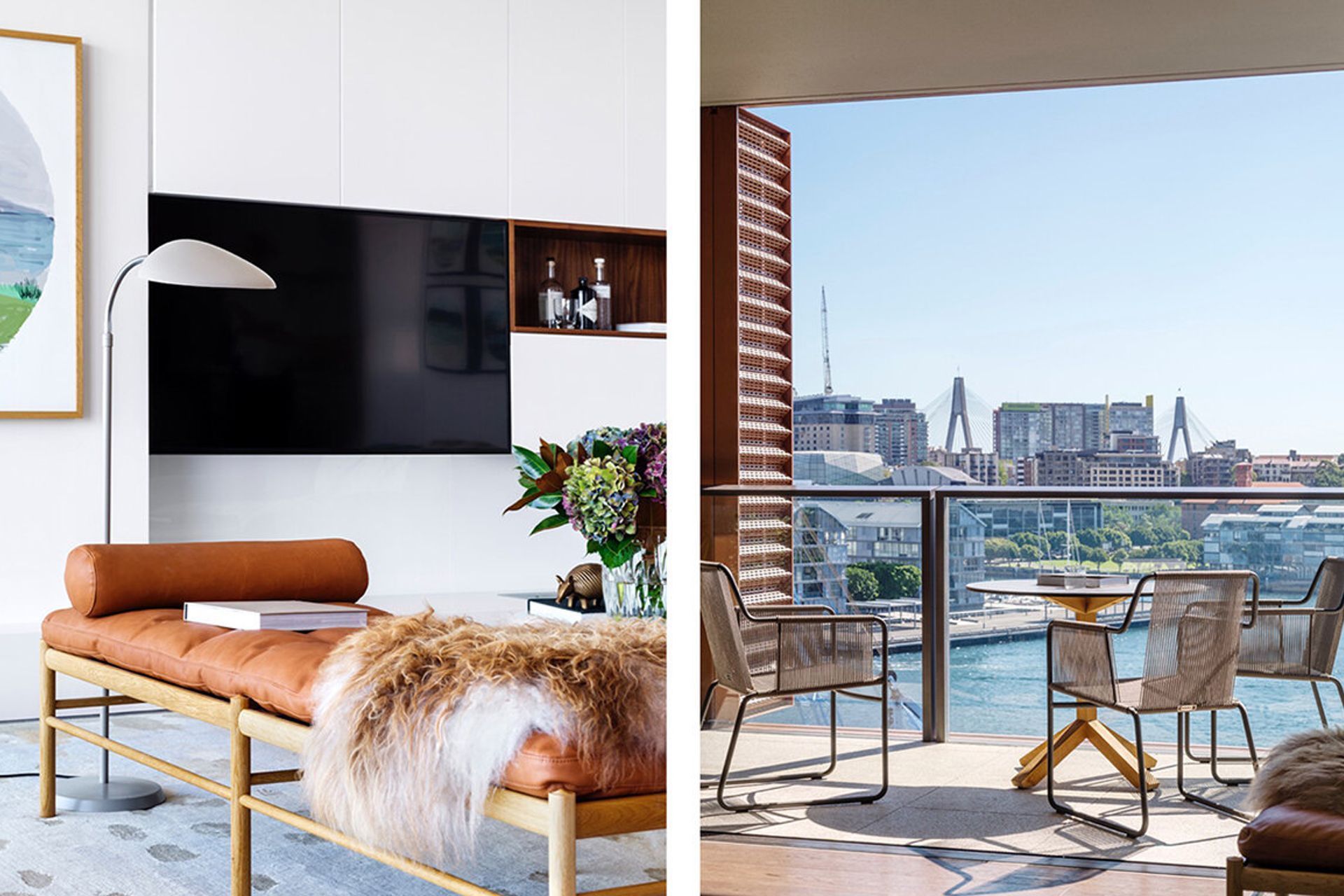
When it comes to the future of interior design, Anna-Carin predicts interior designers will one day have similar regulations and registrations that are applied to architects, and that remote collaboration will become more the norm. “We did our very first completely remote project in New Zealand during the lockdown. It was amazing that it worked, so we know we can do it again,” she says.
A learning Angelique took away from the pandemic is how ideas around the role of the home space have changed. “There has been a logical increased need for home offices due to home-based learning and more flexible work arrangements, however people are also thinking about their living and family spaces even more than before,” says Angelique. “The quality of natural light, comfort, and ease of living are now high on the agenda as people have become more comfortable with staying home rather than going out, so the demand for a ‘private oasis’ is increasing.”
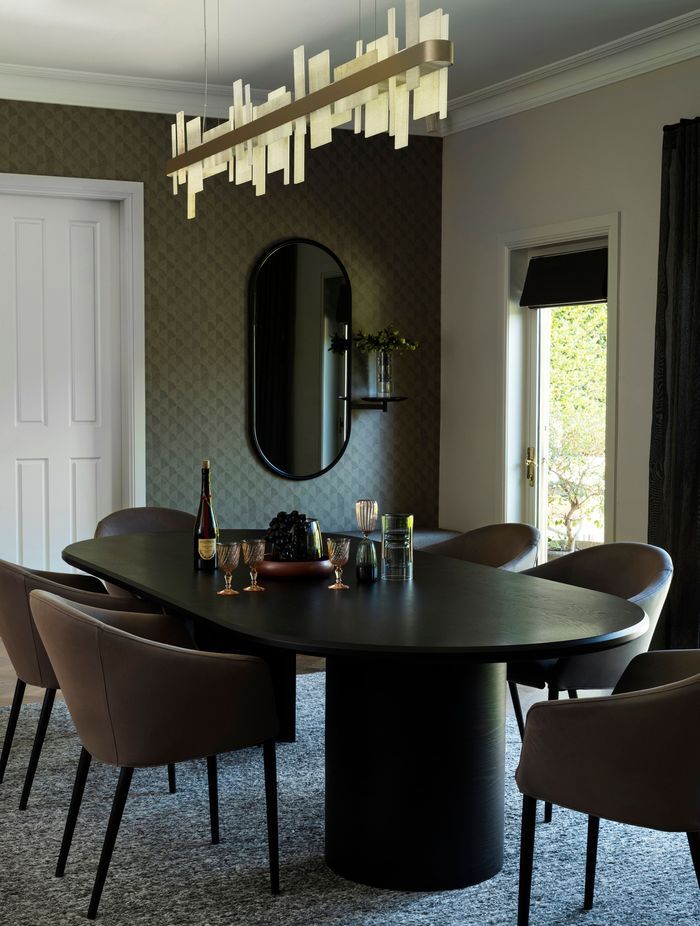
Choosing the right interior designer for you
Talking to friends or colleagues about their experiences with an interior designer, and taking the time ot understand the different design styles is an excellent way to get a feel for who the right designer may be, says Angelique. “If you’re looking for a particular style, have a talk to your local Design Institute of Australia or Australian Institute of Architects branch as both industry organisations have ‘find a designer’ service,” says Angelique.
Learn more about interior design and architecture on ArchiPro.